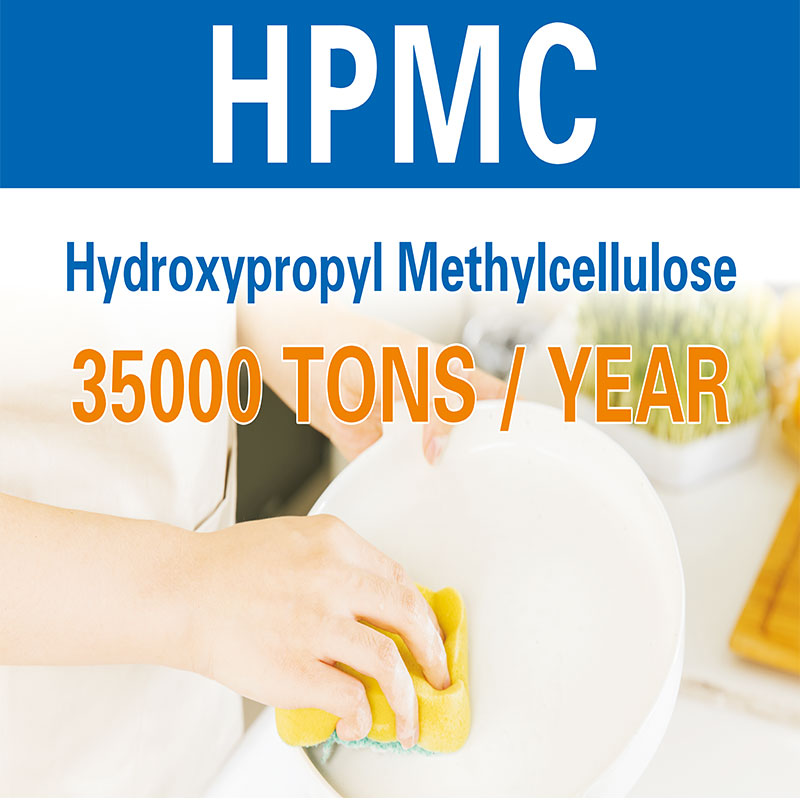Hydroxypropyl Methylcellulose (HPMC) is a versatile and critical component in various adhesive formulations, particularly in the construction and industrial sectors. It enhances the performance, usability, and quality of adhesives through its unique chemical and physical properties. This article delves into the various roles HPMC plays in adhesive formulations, highlighting its importance in ensuring optimal adhesion, consistency, and durability.
1. Improving Adhesion Strength
One of the most significant roles of HPMC in adhesives is its ability to enhance bonding strength. By forming a strong, cohesive film, HPMC helps bind materials together effectively. This is especially important in applications such as tile adhesives, where a strong bond is required between the tile and the substrate. HPMC ensures that the adhesive holds the materials securely, even under stress, making it essential for construction applications.
2. Water Retention for Consistency
HPMC has excellent water retention properties, which are critical in adhesive formulations, especially for cement-based products. By retaining water, HPMC prolongs the working time of the adhesive, allowing for better application and adjustment. This property also prevents the adhesive from drying out too quickly, ensuring uniform consistency and preventing cracking or shrinking in the final bond.
3. Enhancing Workability and Spreadability
In adhesive formulations, HPMC helps improve the workability of the product. It provides a smooth texture that makes the adhesive easier to spread, ensuring uniform application across surfaces. This improves the efficiency of the application process, especially in large-scale construction projects, where consistent performance is vital.
4. Improving Open Time
The open time of an adhesive refers to the duration the adhesive remains workable after being applied. HPMC increases the open time, allowing for greater flexibility in construction projects. This extended workability time is crucial for professionals who need to make adjustments during the installation process, particularly in tiling and flooring applications.
5. Viscosity Control
Hydroxypropyl Methylcellulose plays a critical role in controlling the viscosity of adhesive formulations. By adjusting the concentration of HPMC, manufacturers can tailor the viscosity to meet specific application requirements. A higher viscosity is ideal for vertical applications, such as wall tiling, where sag resistance is needed, while lower viscosity is suitable for horizontal applications. HPMC’s ability to provide precise viscosity control makes it highly adaptable in various adhesive formulations.
6. Improving Durability and Flexibility
HPMC enhances the durability of adhesives by forming a flexible film that can withstand environmental stresses, such as temperature changes and mechanical pressure. This flexibility is particularly important in adhesives used for outdoor applications, where weather conditions can impact performance. The flexibility provided by HPMC ensures that the adhesive can absorb stress without cracking, thus maintaining long-term integrity.
7. Thickening Agent
In addition to improving workability and adhesion strength, HPMC acts as a thickening agent in adhesive formulations. It helps to adjust the rheology of the mixture, ensuring the adhesive has the right consistency for easy application. The thickening effect of HPMC also prevents sagging during application, especially in vertical installations.


